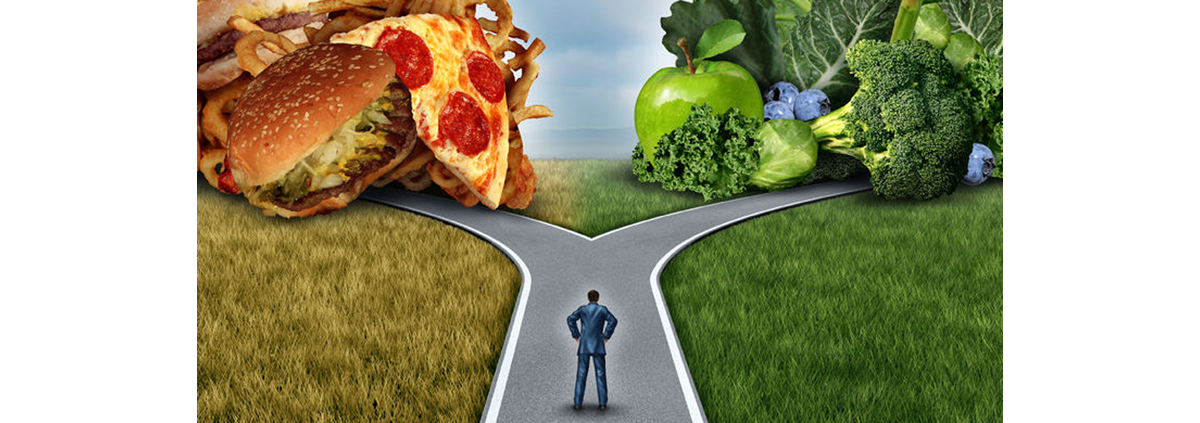The Bottom Line on Veggies and Carbs
Go ahead and finish your oatmeal and drink your protein-kale smoothie—you do need those veggies. Meanwhile I’ll put the PURE study in perspective.
This is a large study that looks at the economics of food as well as the health benefits. In a separate publication, the analysis of the data focused on the cost of fruit and vegetable intake as a percentage of monthly income. They specifically collected data from low-, middle-, and high-income communities from 18 different countries. Researchers actually went to grocery markets in those countries to collect the cost data. As you might expect, the lower the income, the higher the percentage of monthly revenue spent on vegetables and fruits.
I think that explains part of the reason the second study on vegetable intake and mortality said there was no additional benefit beyond three or four servings per day: if people can’t afford more, it’s wrong to teach them that more is better if it might not be. But that doesn’t justify the headlines because the message that Americans hear is “I don’t have to eat those darn vegetables!”
Yes, you do. Here are the issues with each of the studies.
Do Carbs Kill?
In the first study on carbohydrate intake and mortality, researchers used a simple percentage of caloric intake in their analysis. Basically we have a math problem: if someone in a poor country eats 80% of their diet as carbohydrates from root vegetables but they only get 1,000 calories per day that’s a completely different situation from a person who eats 3,000 calories per day but 50% of their calories are from refined carbohydrates and sugars.
As I’ve said many times, while we should eat fewer refined carbohydrates, carbohydrates are not inherently bad; it is the overconsumption that’s the problem. If researchers didn’t analyze the total caloric intake from carbohydrates, protein, and fats, we don’t have the complete answer. The PURE study used a food frequency questionnaire. I’ll leave it at that because I rant too much about the FFQs.
Finally, the researchers simply jumped the gun by recommending that health education should now focus on increasing fat intake while reducing carbohydrates. All types of vegetables and fruits are carbohydrates. Because researchers did not parse out different sources of carbohydrates in their analysis, their recommendations are meaningless.
Don’t Bother with More Veggies?
PURE is an observational study; it cannot determine cause and effect. Also it can tell you a lot about a large group of people but nothing about an individual.
The lead researcher actually provided the perspective on vegetables and fruit during an interview: if the research shows that the benefit of eating more plant-based food is a 20% reduction in mortality, and the mortality rate of the population is just 1%, that means the reduction goes from 10 out of 1,000 to 8 out of 1,000. It’s virtually meaningless to an individual.
The researchers hesitated to tell people with very low incomes to spend more on additional servings of plant-based food if there was not a meaningful benefit. But for most of you, the cost of fruit and vegetables is not a hardship, so buy ’em and eat ’em.
The Bottom Line
These will not be the last headlines we hear from the PURE study because the data continues to be analyzed. One issue for me is that there’s no data from the U.S. included so the ability to generalize to the U.S. population is very limited. We lead the world in obesity and overweight and our food consumption patterns are different even from other Westernized countries.
One thing remains clear to me: we should all eat more vegetables and fruit and reduce refined carbohydrates. The recommendation never changes: eat less, eat better, move more.
What are you prepared to do today?
Dr. Chet
Reminder to Insiders: The next Insider Conference Call will be Tuesday at 9 p.m. Not an Insider? Join now to participate in this call and get your questions answered.
References:
1. DOI: http://dx.doi.org/10.1016/S0140-6736(17)32252-3.
2. DOI: http://dx.doi.org/10.1016/S2213-8587(17)30283-8.









